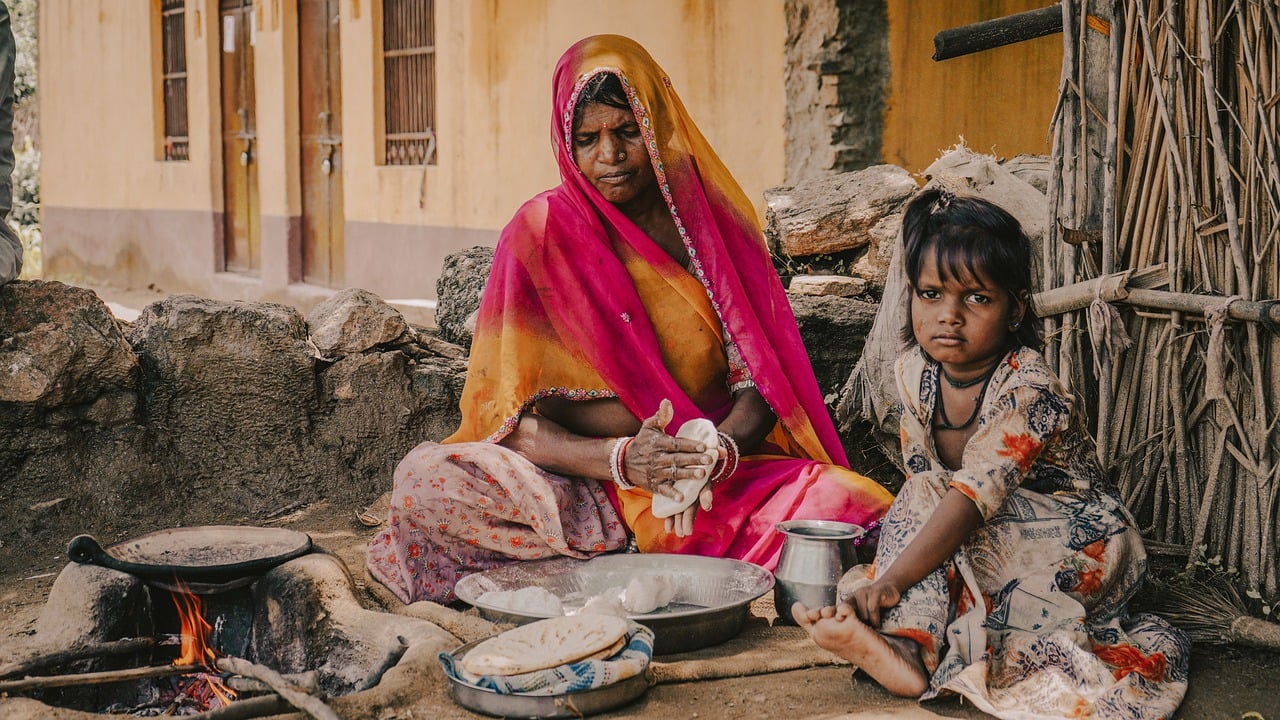Marginalization and Health Care Inequity: A Pressing Issue
 Marginalization is exclusion. It results in vulnerable people facing disadvantages when it comes to education, health care and other basic rights. As ReliefWeb details, marginalization is one of the top causes of global poverty.
Marginalization is exclusion. It results in vulnerable people facing disadvantages when it comes to education, health care and other basic rights. As ReliefWeb details, marginalization is one of the top causes of global poverty.
The Problem Marginalization Poses
It is evident that marginalization excludes populations from more than just society — but it is not clear how it relates to health care. In reality, there is a domino effect of causes that marginalization can have that lead to an enormous disparity of health care between rich and poor populations. To understand this, it is important to acknowledge the history behind inequity in socioeconomic statuses.
The Past
Impoverished populations have long been treated unfairly for centuries across the world. Caste systems in place in multiple countries have forced people into poverty based on their lineage. War, colonization and natural disasters have also been prominent causes of poverty — but societally, discrimination reigns as one of the largest injustices that impoverished populations face.
Poorer groups are generally forced into cheaper, more rural neighborhoods. This results in a very obvious marginalization because adequate resources are not provided to them because they cannot pay for the upkeep of necessities. Furthermore, advanced hospitals and vital health care sources usually exist where there are more people, typically in urban areas.
According to the Center for Global Development, some developing countries can pay up to 30 times more than others for basic everyday medicines. Broken medication markets limit the effective distribution of drugs for the enormous populations in need in several countries across the globe.
Lack of Health Care Professionals
Because of the lack of education in marginalized poverty-stricken populations, it is extremely difficult to find native health care professionals, especially in the poorest countries. Additionally, with the lack of income equity to adequately pay these health care professionals, those with education often treat people elsewhere.
With so many grave factors fighting against poor populations, poor health and poverty can become a vicious cycle. When workers have poor health, it is nearly impossible to work properly — especially in the case of workers in agriculture. This results in high rates of unemployment that constantly plague marginalized populations.
Dealing with Health Care Inequity
Several organizations across the world advocate and fundraise to eradicate health care inequities in developing countries.
A significant organization tirelessly working for marginalized populations is The World Economic Forum, or WEF. Acknowledging the enormous losses of life and well-being due to a lack of health care, the Global Health Equity Network of the WEF aims to increase advocacy and awareness of health inequities across the globe. Through the network’s longstanding efforts, over 40 organizations in several countries have pledged to bridge the inequity gap by offering affordable health care and have inspired thousands of people to speak up.
Looking Ahead
With many people uniting as one for the cause, it is more than possible to speak up for marginalized populations that lack access to what they need, as well as to resources that will amplify their own voices. Marginalization cannot disappear in one day — it will involve a team effort of people who wish to spread awareness of the situation. With organizations such as the World Economic Forum working tirelessly to diffuse this crucial perspective, marginalization will gradually release its grip on innocent populations, and a brighter future will be in store for them.
– Divya Shankar
Photo: Pixabay
